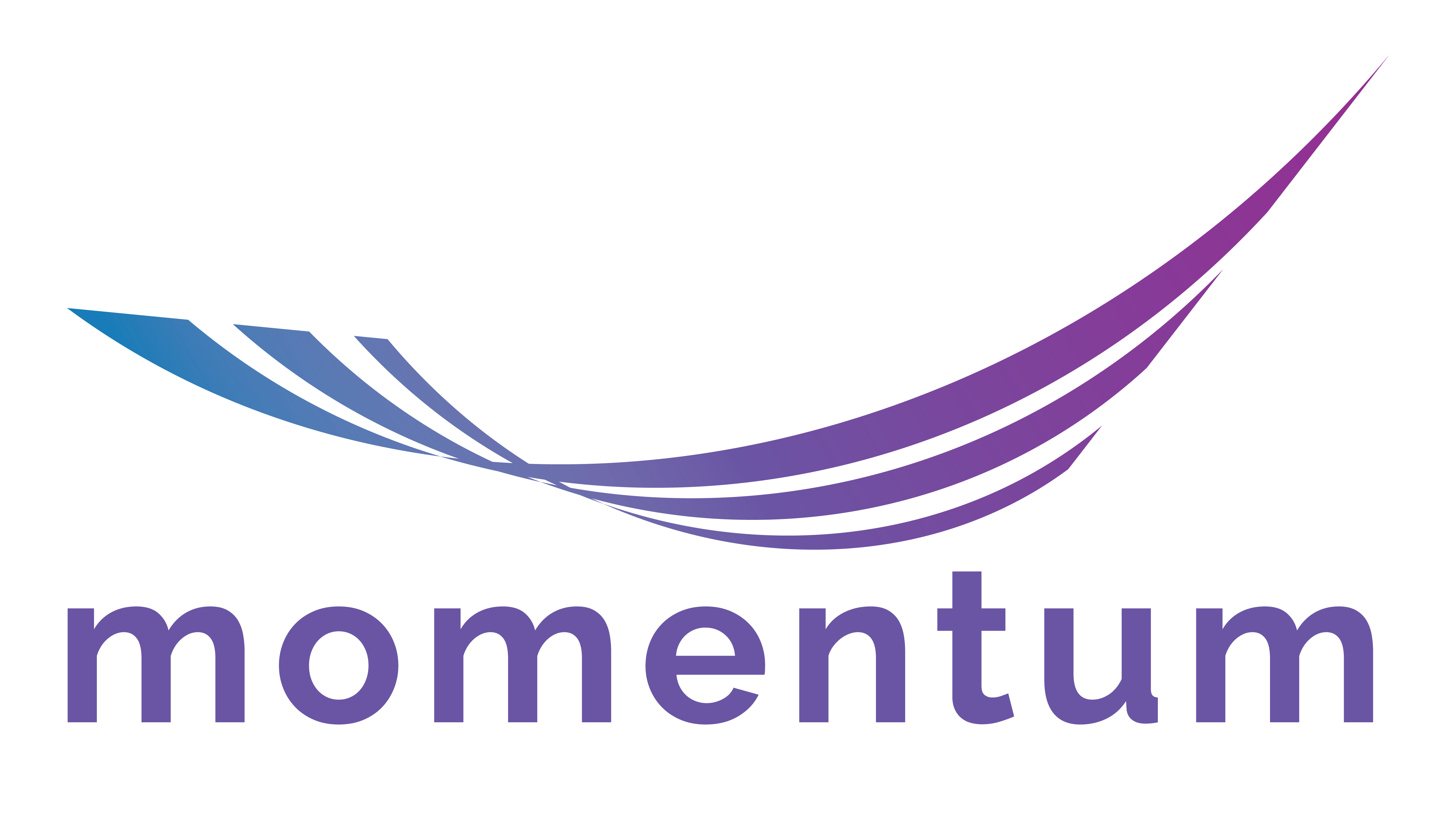ENROLLMENT AND DEGREE ATTAINMENT DEMONSTRATION PROJECT
Building from the prior success of the Enrollment and Degree Attainment (EDA) visualization project that Momentum (formerly BRAID) provided for a consortium of 15 research institutions that participated in the BRAID initiative, the National Science Foundation provided funding to extend this project to other institutions.
Through this funded EDA demonstration project, UCLA’s Momentum team extended support to institutions with computing programs to collect, analyze, and visualize their enrollment and degree attainment data of their five most recent academic years. By doing so, participating computing departments were provided with data visualizations that highlighted patterns and trends in their enrollment and degree attainment that could inform their BPC plans. These visualizations offered participating institutions with various ways to examine their computing enrollment and degree attainment data, specifically by gender and race. We also underscored the nuanced patterns that emerged from producing visualizations that focused on intersecting identities of gender and race. Further, some institutions requested to see their enrollment and degree attainment data through other background characteristics that were also relevant to their BPC plans, such as veteran status and full-time status. Overall, this project provided an opportunity for computing departments to engage with their existing data and emphasized the importance of considering institutional-level data in their BPC plans.
This project consisted of three phases – data collection, data analysis, and data dissemination. During the data collection phase, we asked participating institutions to provide enrollment and degree attainment data of the five recent academic years (2018-2023). We developed a user-friendly data collection form (with accompanying instructions) to minimize and simplify the work needed to submit the data. We also offered ongoing support during this phase. Once the data was submitted by each participating institution, the data analysis phase involved cleaning and analyzing the data. We then converted the data for development of data visualizations in Tableau. Tableau was used to provide interactive data visualization dashboards that allowed each institution to engage with their data in a user-friendly manner. Finally, the data dissemination phase included sharing these interactive data dashboards in a one-on-one workshop with each participating institution. In these workshops, our team led a guided conversation around each computing department’s BPC efforts and a tutorial for using their data visualizations. We concluded the workshop with a discussion around their BPC plans and offered to connect them with BPC initiatives that could offer additional support to their departments.
